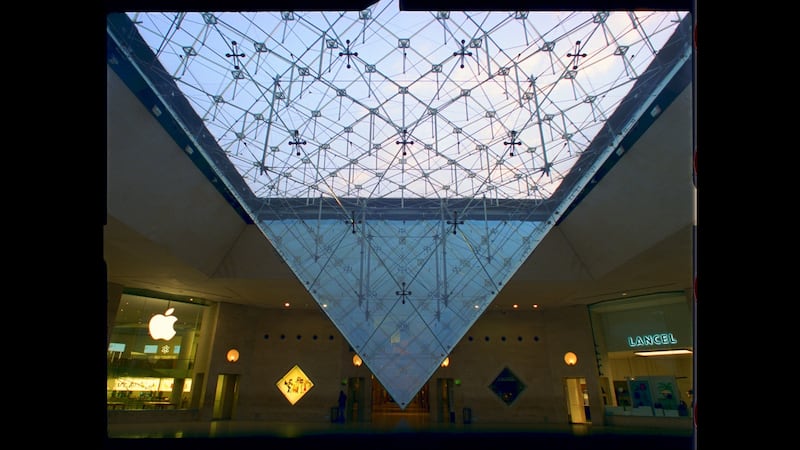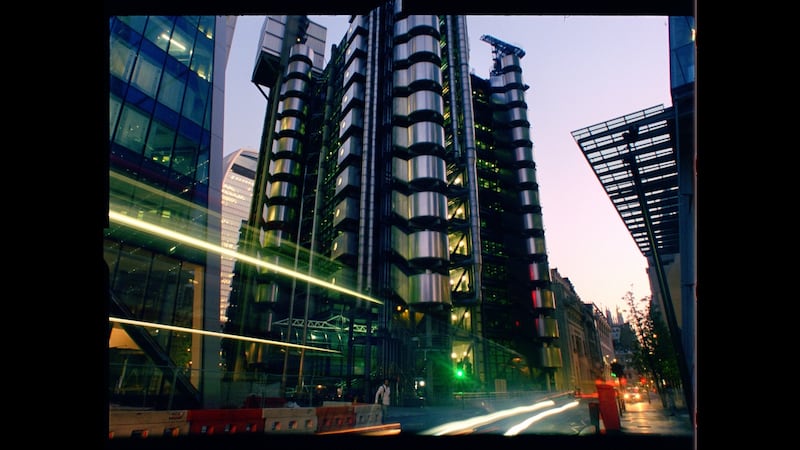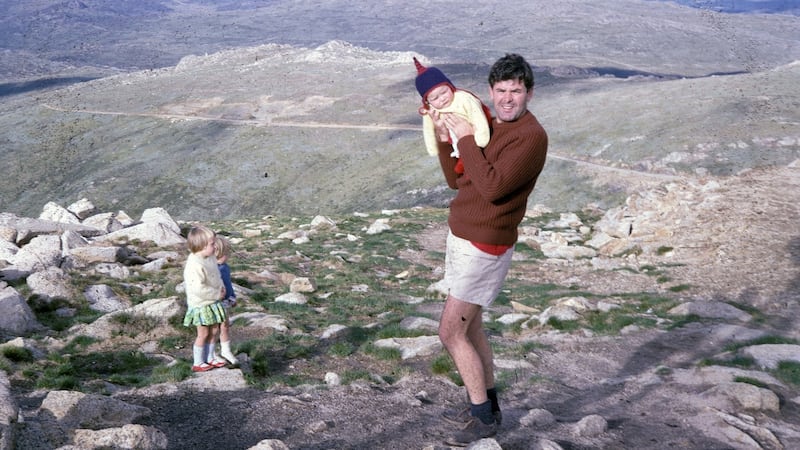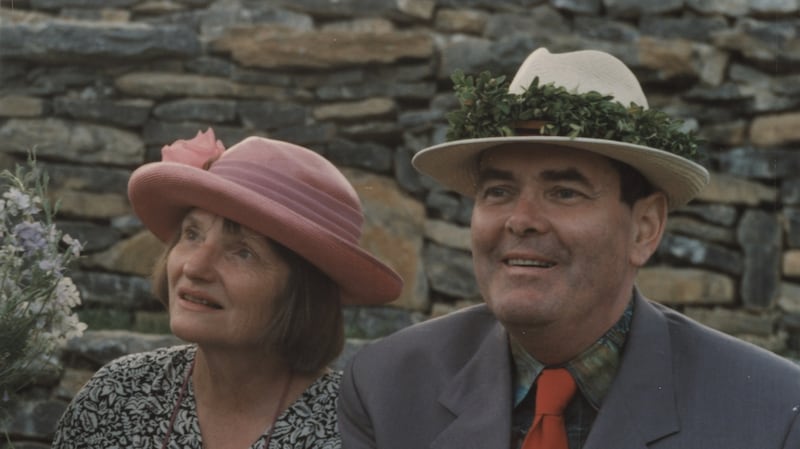A theatre lit solely by the moon bookends a new film about the brilliant Irish engineer Peter Rice. Using the same title as the book he wrote just before he died in 1992, An Engineer Imagines has its world premiere tomorrow at the IFI in Dublin.
Rice wrote the book when he knew he was dying from a brain tumour at the age of 57. Right up until then he had been busy working with high-tech architects to realise their design dreams at a time when new materials, notably glass, steel and concrete, were being asked to perform ever greater sculptural tricks.

"Peter Rice was sometimes like a magician," says Bernard Vaudeville, an engineer and architect who worked with Rice, in the film. "You don't understand, when you see the structure, how it stands – but it stands."
And yet, while Dundalk-born Rice worked on some of his era's most exemplary buildings – including Sydney Opera House at the start of his career with Arup engineers and the Pompidou Centre in Paris with Renzo Piano and Richard Rogers – his dedication to the Full Moon Theatre on the estate of his friend, opera director Humbert Camerlo, in France, shows that he wasn't driven by large, glamorous jobs just for the sake of it.
His guiding force was detail, new materials, ingenious solutions and humanity. The Full Moon Theatre was a comparatively tiny job but it was a challenge and it was emotional: it was for a friend, and his daughter Julia married there not long before Rice died.
With this project, as with the others, he went beyond expectations. As he wrote in his An Engineer Imagines: “People said to me again and again, ‘Oh you’ve had such wonderful projects, so many interesting projects, how can you be so lucky? Why don’t I get half of those projects, why doesn’t anyone else get them, why do they always come to you?’ But in a way that is the point: although you have commissions, you have to make what you can out of the commissions you get.”
And naturally, as a result, he got further amazing commissions, as architects sought him out to realise their boundary-pushing visions. “He said ‘yes’ very easily,” says Vaudeville in the film, “which is not what is expected from engineers. Engineers are meant to say ‘no’, because it is not in the rules.”
"Whatever projects come, it is the spirit that we throw into them that matters," says the Belfast-born, New York-based director of An Engineer Imagines, Marcus Robinson. He describes how Rice was "able to connect with a higher ideal and a higher purpose. And transcending ego is one of the greatest things we as people can do. Each of us has a role in our lives to contribute to society", something, he says, we have lost in our celebrity and Instagram/Facebook culture.
And that was one of Rice’s key principles – to express and expose the materials a building is made from rather than mask its truth with off-the-peg components. The Pompidou Centre and Lloyd’s of London are just two buildings he worked on that bared all, and they were beautiful.

“There’s something very refreshing about his humanism,” says Robinson, who previously made a film called Rebuilding the World Trade Centre, in which he concentrated on the stories and ideas of the construction workers and depicted the human spirit behind the rebuild. “Even at the World Trade Centre I was struck by how much is still done by hand: the human side of buildings,” says Robinson.
Sense of humanity
This links with Rice’s sense of humanity, which permeated both buildings and people. He wanted buildings to be imbued with those who had worked on them – “traces de la main”, he called it – and he encouraged people to participate.
“He was way ahead of his time in terms of having a sense of going beyond the ego,” says Robinson, “bringing different players together to work as one and sharing the global outlook of the team rather than focusing on the ego or outlook of each person.”
"I was in awe of the great Peter Rice," says architect Adrien Fainsilber, who worked with Rice on the Cité des Sciences et de l'Industrie in Paris, in the film. "But he was so approachable and so friendly – there was no notion of hierarchy."
Elsewhere in the film one of his daughters says he always talked to his three children as equals – although she says with a smile: “He did like to win at badminton, let’s put it that way.”

But even that’s spoken with love. “Everybody who participated in the film has an absolute investment in who Peter Rice is – they were either family members, or people who worked with him. They talk of their love for him and his ideals and spiritual values. You feel a real sense of protectiveness and love and connectedness,” says Robinson.
And that became mirrored in the making of the film: "All the people in our team – from the production office, producers and co-producers in Dublin and Belfast – were so inspired by Peter Rice, and they cared about the film in such a way, there was a lot of debate and discussion."
And Robinson hopes the documentary, which charts projects such as the Full Moon Theatre and IM Pei’s inverted pyramid at the Louvre in Paris, along with the Pompidou and Lloyd’s, will inspire others. “His ethos and spirit, and who he was as a human being and engineer, touched me profoundly. I hope the film will act as an homage to his work but will also inspire people.”

On one level, says Robinson, “it’s a story of an amazing human being and an extraordinary structural engineer. And then, on a secondary level, it’s a story of the higher ideals that humans can aspire to, like, what is the legacy of any human being? How can we be of service to humanity in a selfless way and how can we make the world a better place? Everybody wants to leave a trace, and give people joy. I hope, on those two levels, that the film will really touch people.”
The world premiere of An Engineer Imagines will take place tomorrow, Friday, September 28th, at 6pm at the Irish Film Institute as part of the IFI Documentary Festival. The screening will be followed by a Q&A with director Marcus Robinson. www.ifi.ie/docfest












